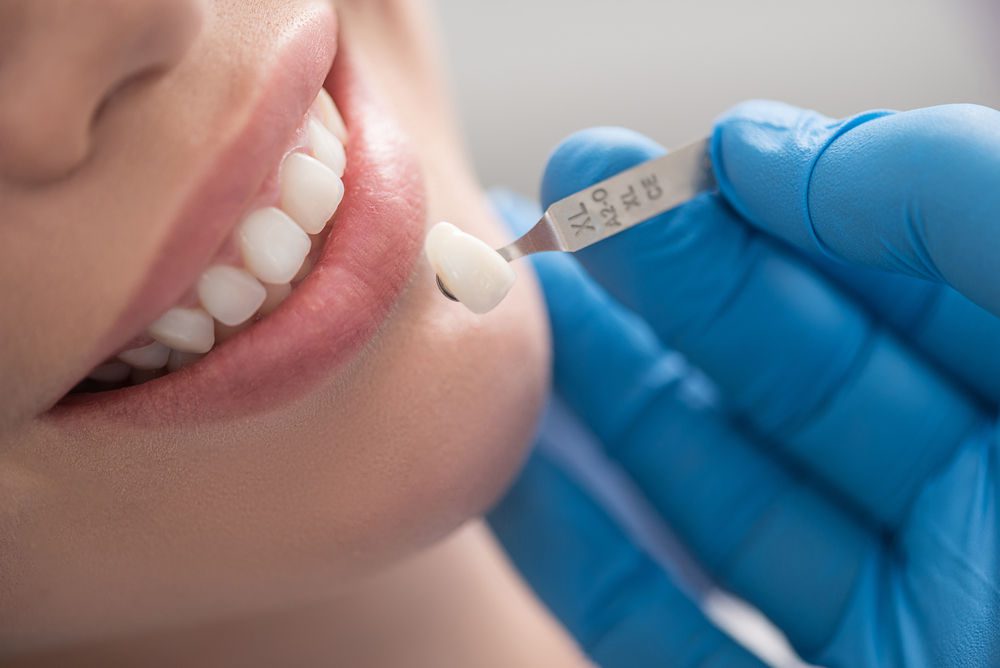Dental Checkups and Cleanings
A dental crown is used to protect and restore a tooth if there’s been any form of damage. Dental crowns may be needed for several different reasons.
- A weak tooth may need protection from decay or breaking.
- A broken or worn out tooth may need to be replaced.
- You may need to cover a filling where there’s not much tooth to cover or protect it.
- You may need it to keep a dental bridge in place.
- A dental bridge is what’s used to fill gaps between teeth when you’re using artificial or false teeth. You may also need a dental crown to cover a dental implant.
- A dental implant is used to replace a missing tooth.
Dental crowns can cover teeth that don’t have a pleasing appearance. For example, you may need to cover teeth that are discolored.
You may need a dental crown to cover a tooth that’s had a root canal treatment.
It may take 2 to 3 weeks for a permanent dental crown to be made in the lab because permanent dental crowns are customized to fit your mouth. Your dentist may suggest that you use a temporary dental crown in the meantime.
Because the temporary dental crowns are needed only for short-term use, they’re not made the same way as permanent dental crowns. Temporary dental crowns are usually made of acrylic or metallic material. They are also fitted to your gums using temporary dental cement, also known as dental crown glue, or tooth crown glue.
A temporary dental crown is designed for temporary use, which, in normal cases, is 2 to 3 weeks. You only need to wear them until your permanent dental crown is ready and can be fitted to your teeth.
Follow the same precautions as you would for normal teeth, such as brushing your teeth twice a day and flossing. As this crown is temporary, brush and floss gently to prevent the crown from coming off.
- Avoid eating hard or sticky foods. Stay away from foods like hard candy, nuts, caramel, apples, and any other type of hard or sticky foods.
- Avoid sugar. Sugar may get into the gaps of your temporary dental crown, causing tooth decay.
- Avoid very hot or very cold foods. Extreme temperatures in the foods you’re eating may weaken the strength of your temporary dental crown.
You may experience some minor discomfort or pain after you get your temporary dental crown, but contact your dentist if your pain lasts longer than a week or if your pain becomes more severe.
The pain might be a result of a few things. Sometimes, your temporary dental crown may be taller than the other teeth. It may press against a tooth nearby, causing inflammation. If you have throbbing pain (pain that comes in a strong, regular rhythm), it could mean you have tooth decay or an infection.
SOURCES:
Cleveland Clinic: “Dental Bridges,” “Dental crowns.”
Dentaly: “Dental Glue: Fixing Loose, Chipped and Broken Teeth,” “What is a Temporary Crown? What Does It Look Like, and What’s It for?”
Adopted from WebMD








